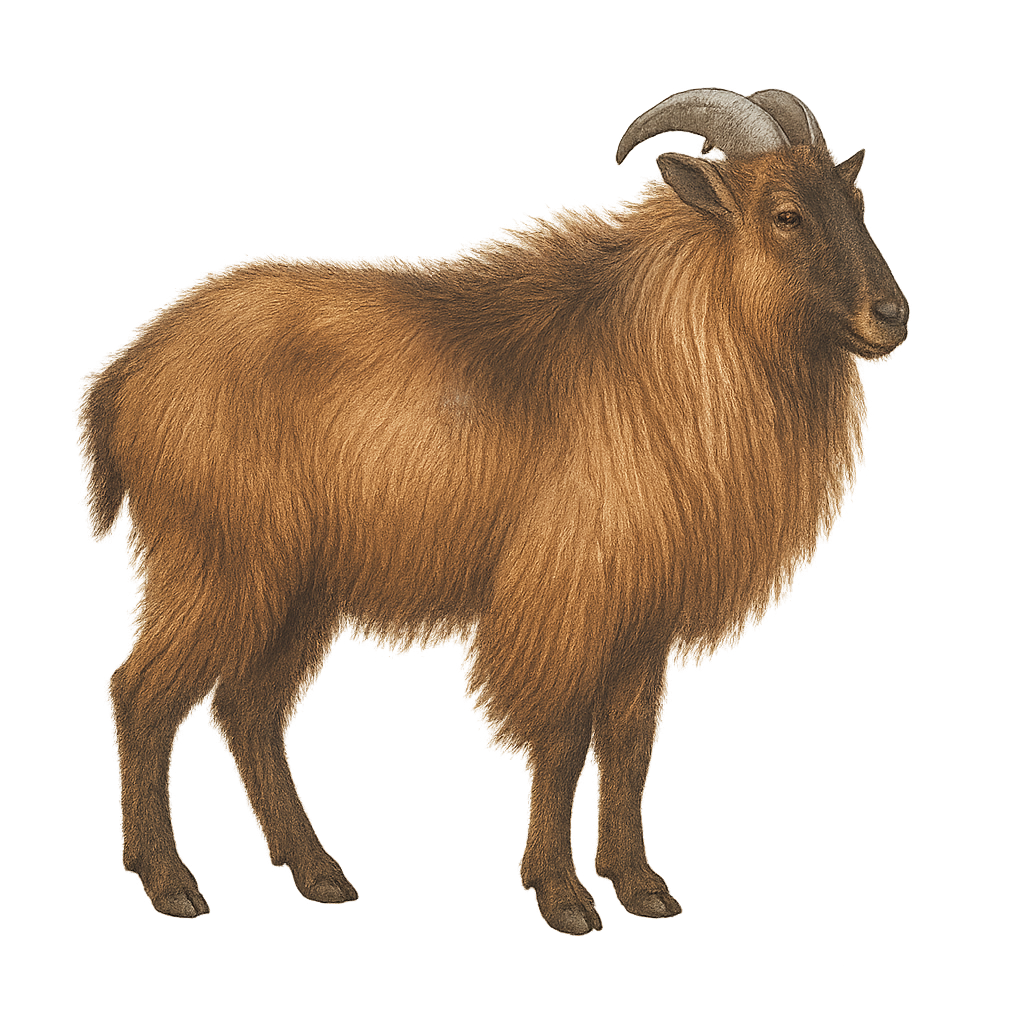Your wildlife photography guide.
Explore the arabian tahr in detail, study its behavior, prepare your shots.
Where to observe and photograph the arabian tahr in the wild
Learn where and when to spot the arabian tahr in the wild, how to identify the species based on distinctive features, and what natural environments it inhabits. The WildlifePhotographer app offers tailored photography tips that reflect the arabian tahr’s behavior, helping you capture better wildlife images. Explore the full species profile for key information including description, habitat, active periods, and approach techniques.
Arabian Tahr
Scientific name: Hemitragus jayakari

IUCN Status: Vulnerable
Family: BOVIDAE
Group: Mammals
Sensitivity to human approach: Shy
Minimum approach distance: 50 m
Rut period: September to October
Gestation: 150-160 jours
Births: February to March
Habitat:
Rocky mountains, cliffs, steep slopes
Activity period :
Active at dawn and dusk, ideal moments for observation.
Identification and description:
The Arabian tahr, Hemitragus jayakari, is a species of wild goat native to the arid mountains of Oman and the United Arab Emirates. This robust mammal is well adapted to rugged, rocky terrains, where it primarily feeds on grasses, leaves, and fruits. Males are distinguished by their thick, curved horns, while females have smaller horns. Its dense, brownish coat allows it to blend into its rocky environment. The Arabian tahr is a gregarious animal, living in small groups, although adult males are often solitary. This species is threatened by habitat loss and hunting, leading to its classification as vulnerable by the IUCN.
Recommended lens:
400 mm – adjust based on distance, desired framing (portrait or habitat), and approach conditions.
Photography tips:
To photograph the Arabian tahr, it's essential to blend into the environment to avoid startling it. Use a telephoto lens of at least 400mm to capture detailed images from a distance. The best times to observe it are early morning or late afternoon when the light is soft and the animal is most active. Be patient and wait for the tahr to move naturally in its habitat. Avoid sudden movements and loud noises that might scare it away.
The WildlifePhotographer App is coming soon!
Be the first to explore the best nature spots, track rutting seasons, log your observations, and observe more wildlife.
Already 1 450 wildlife lovers subscribed worldwide

